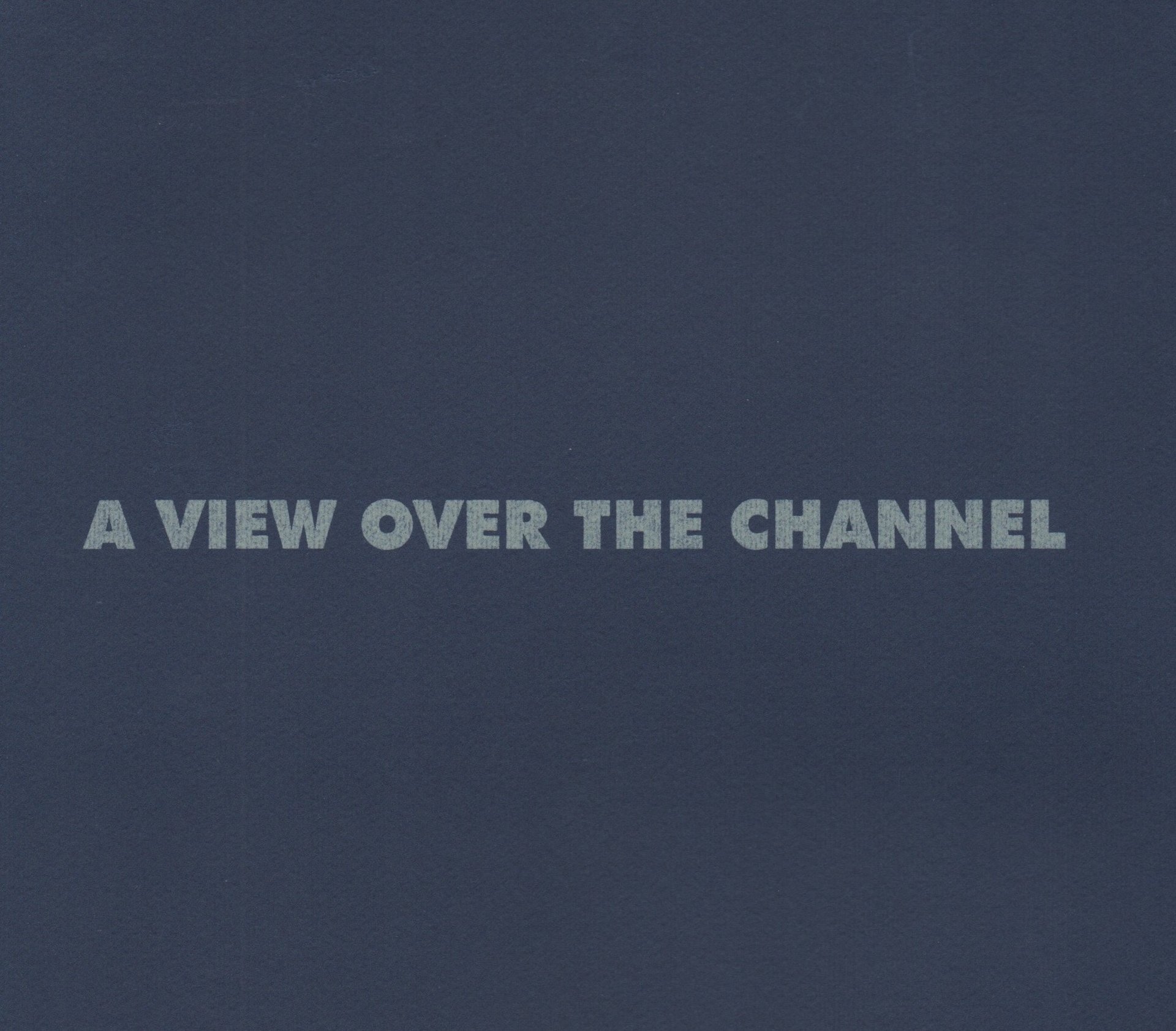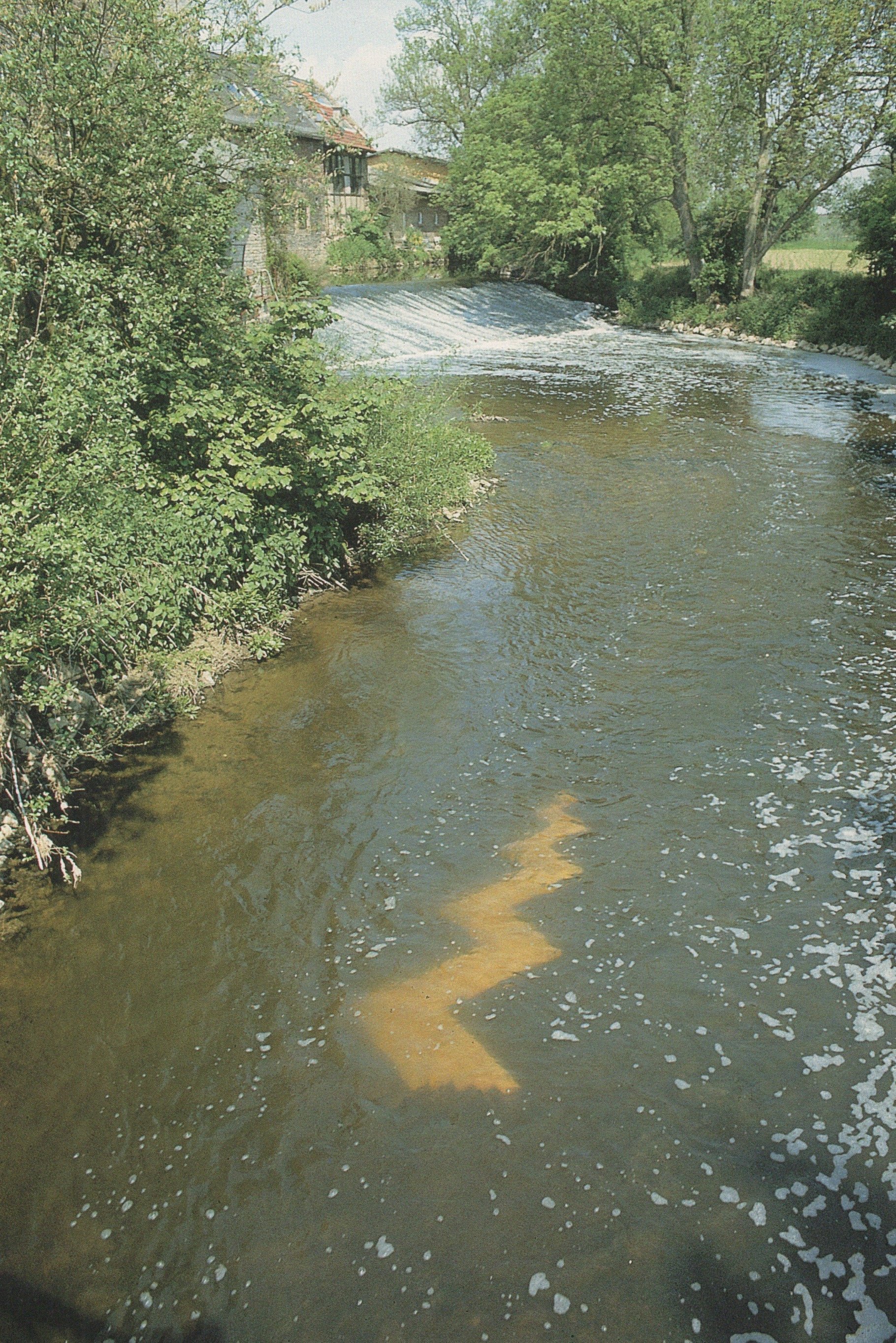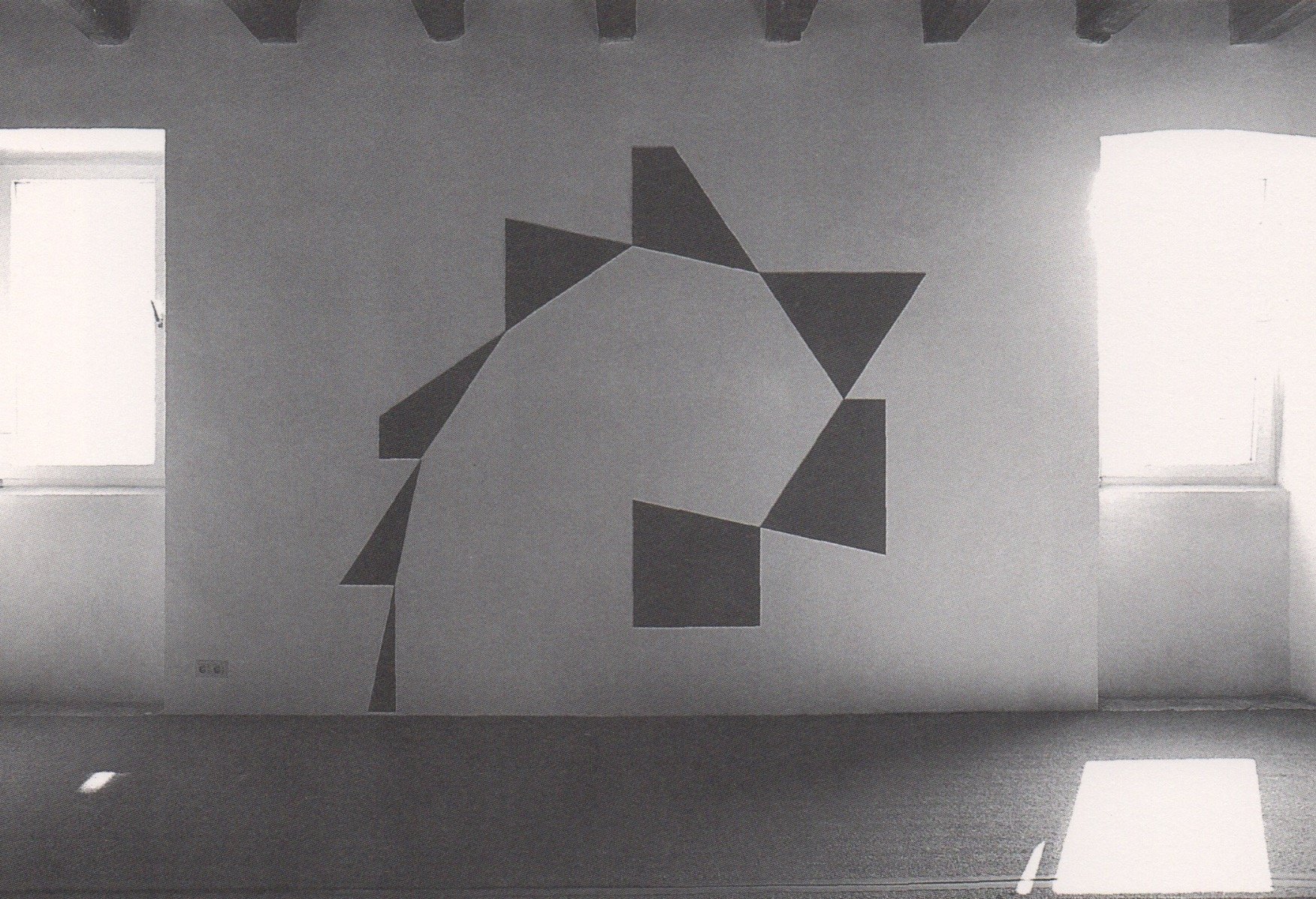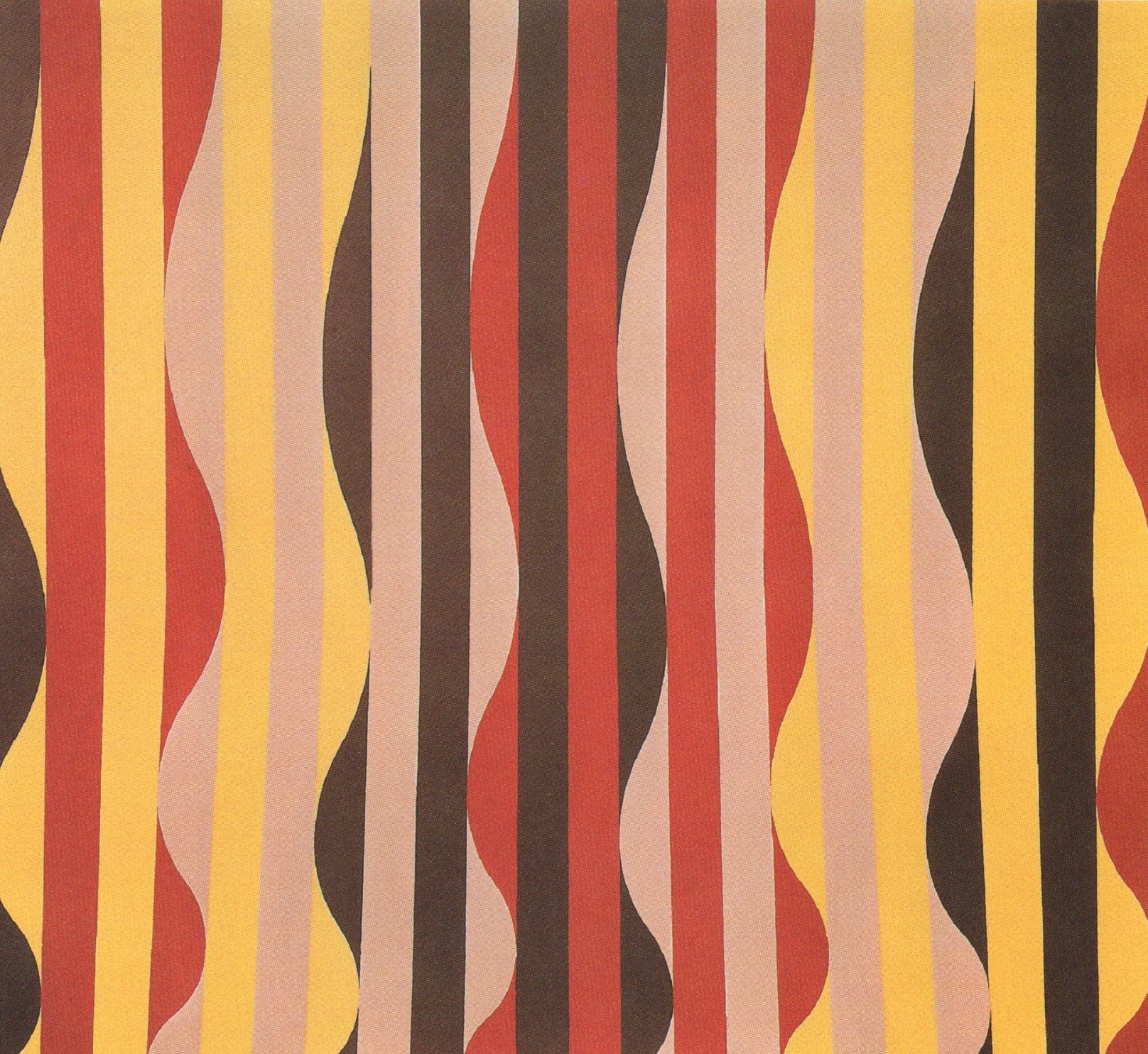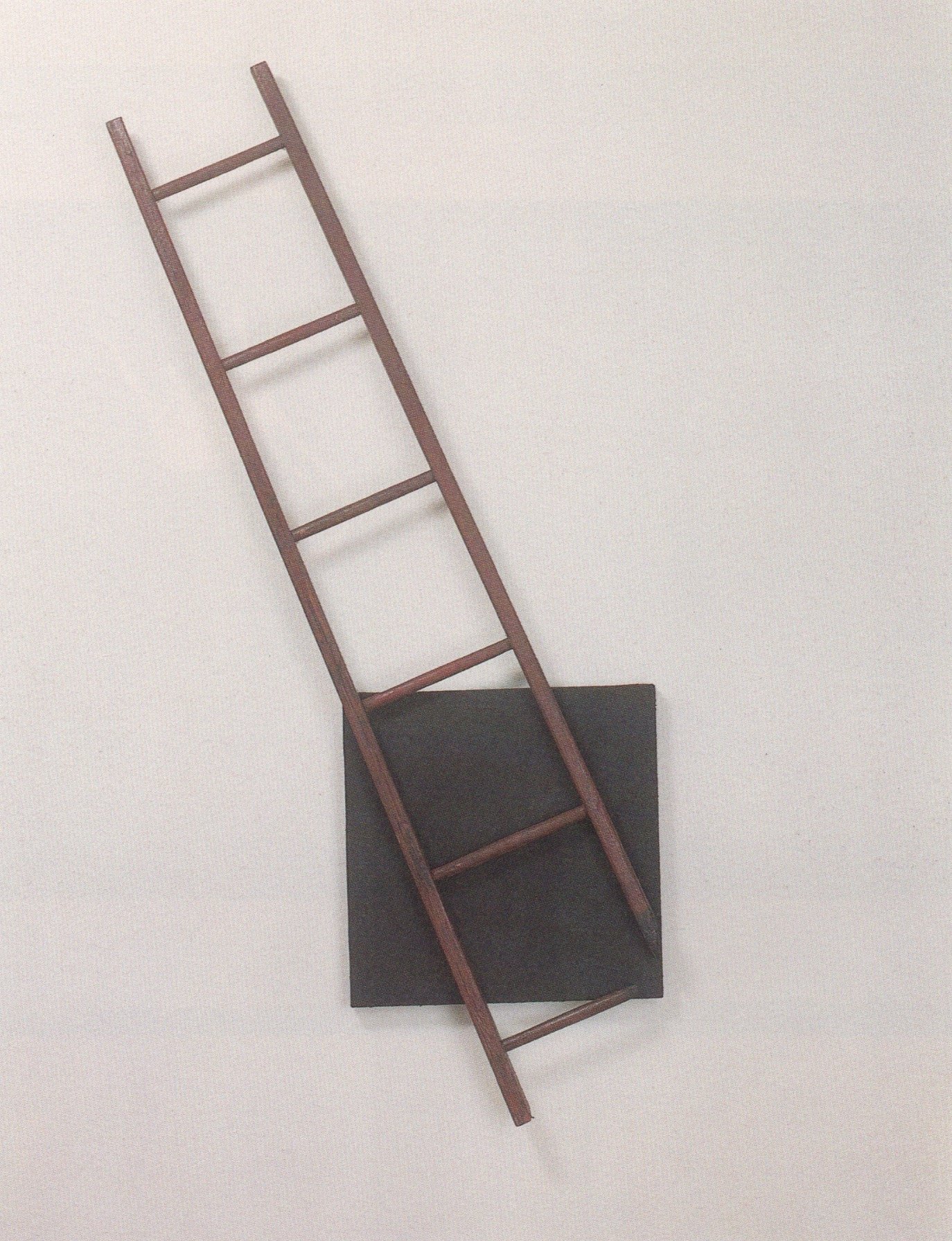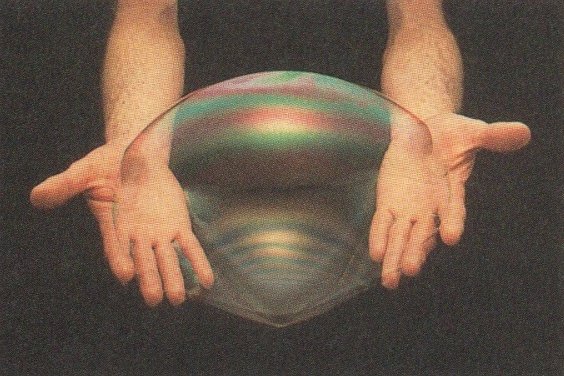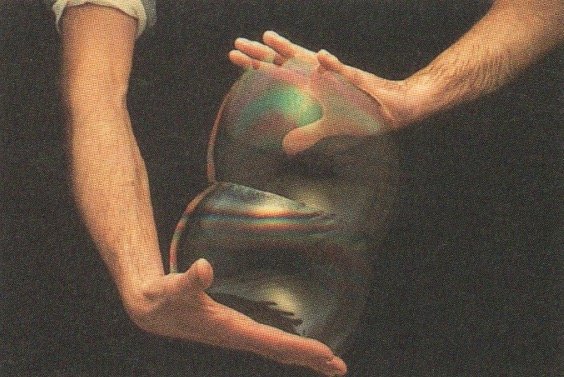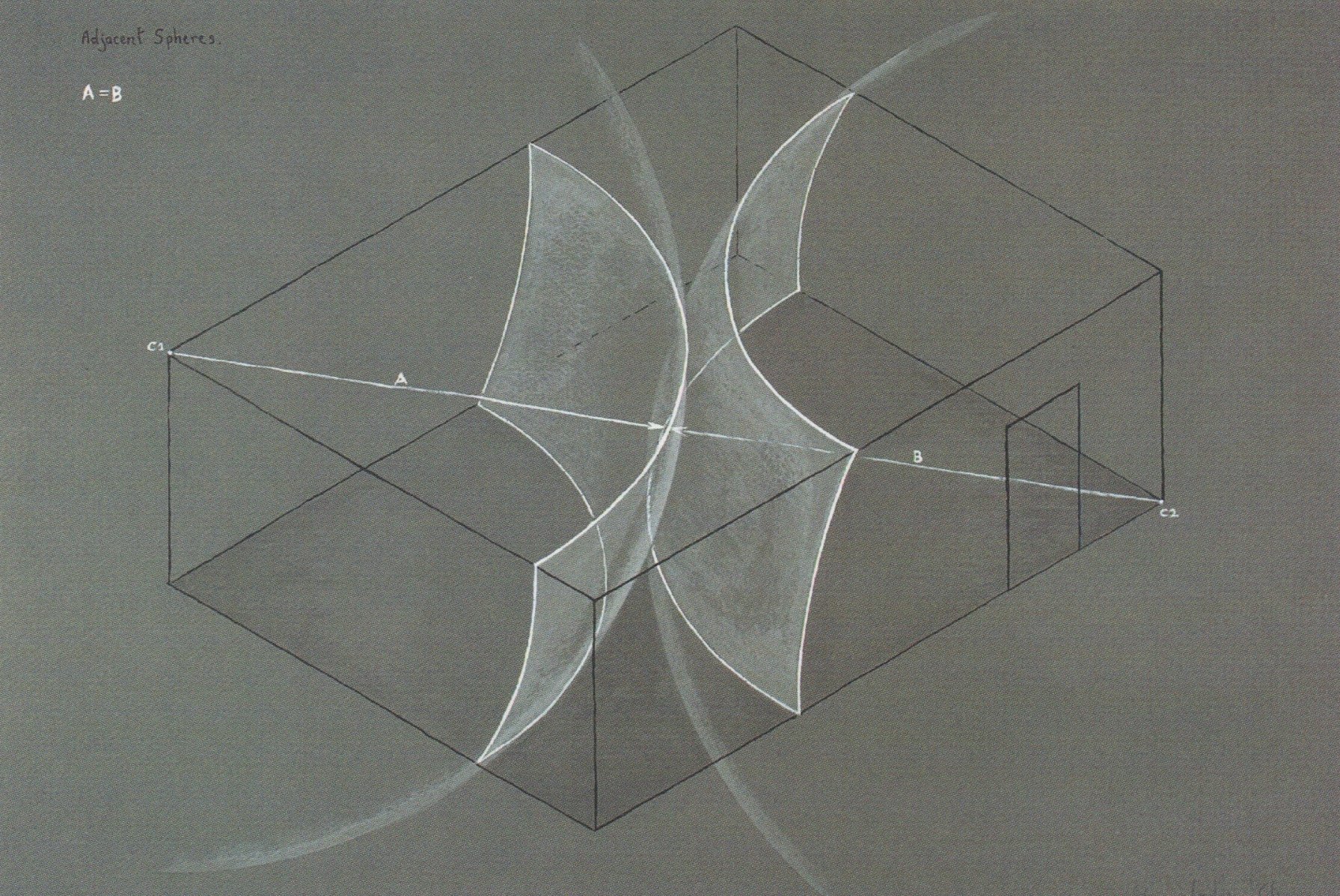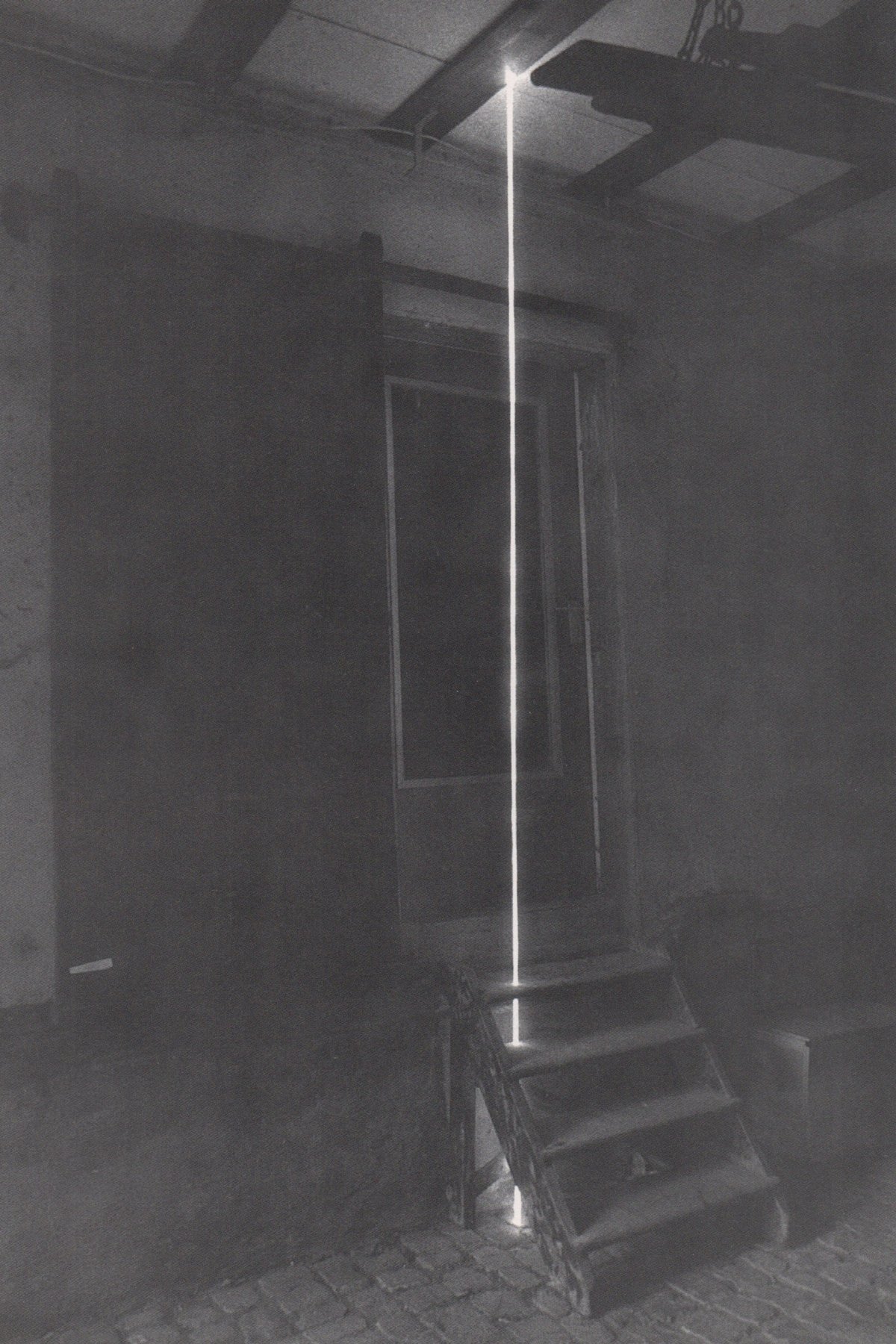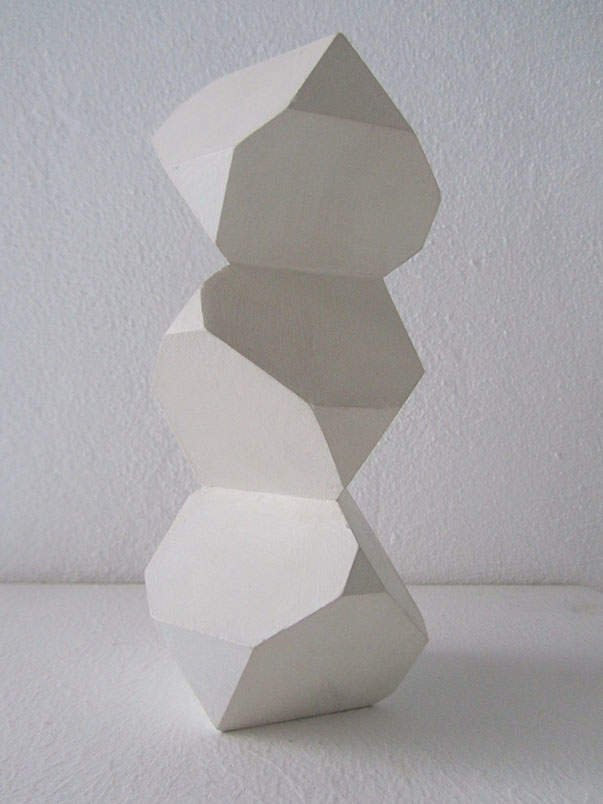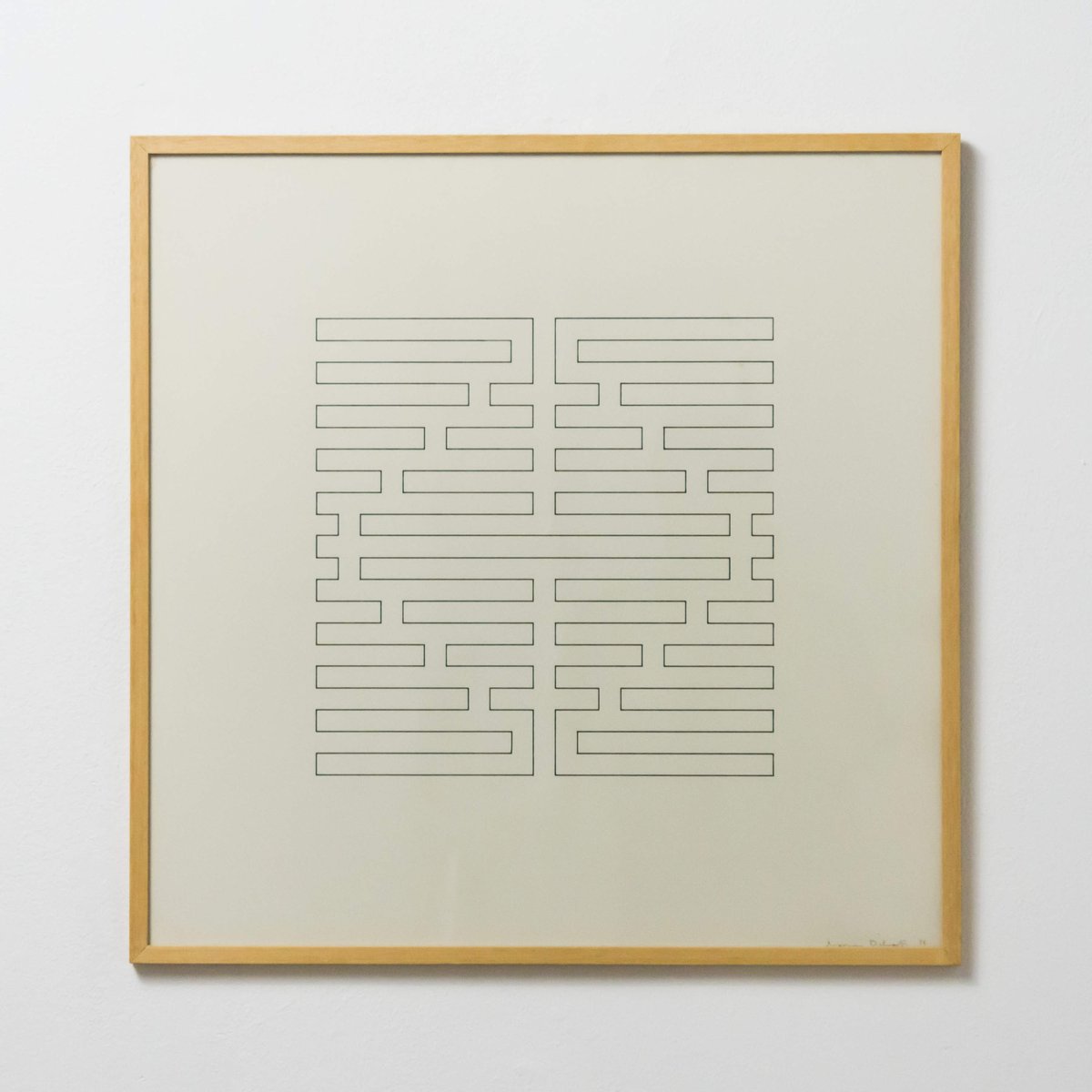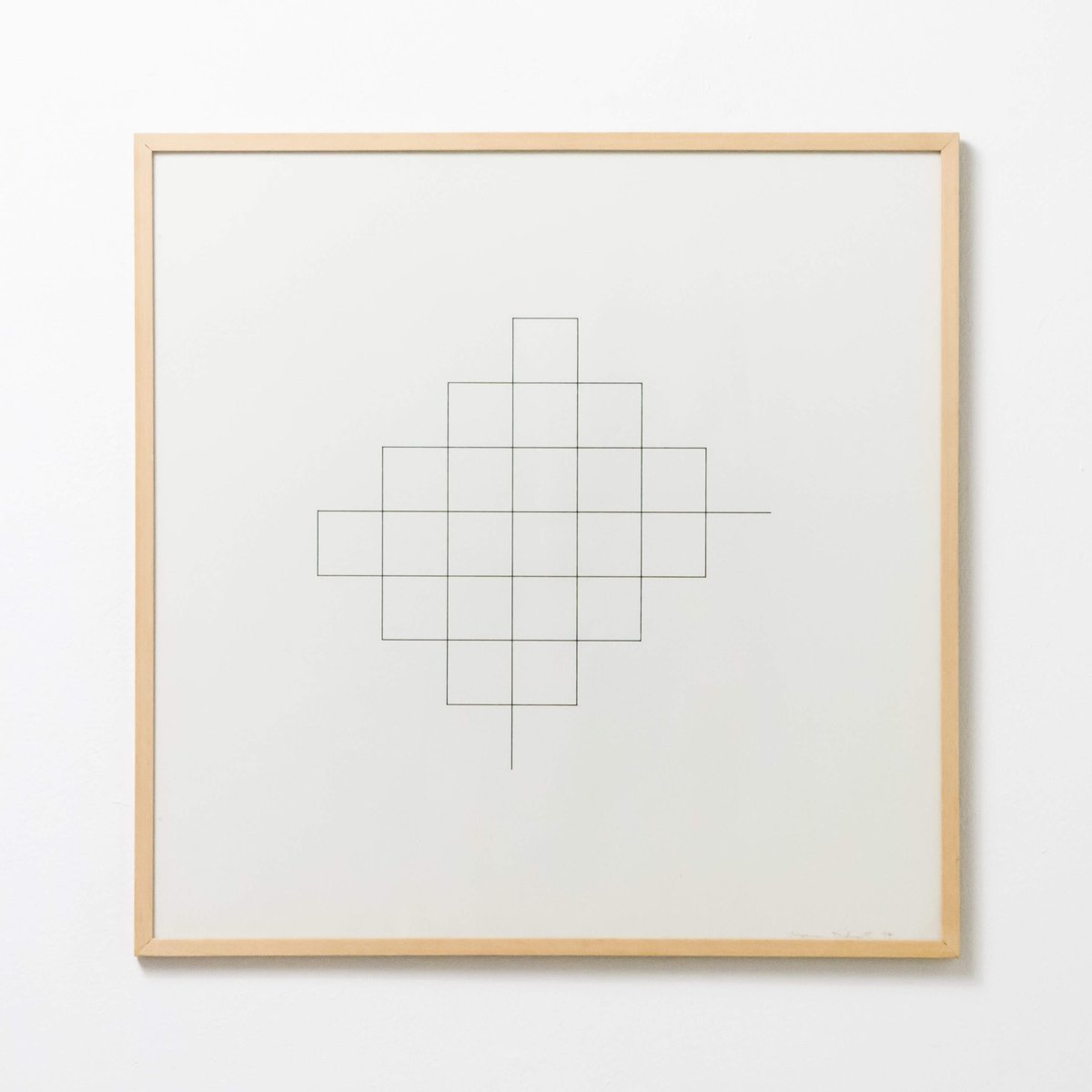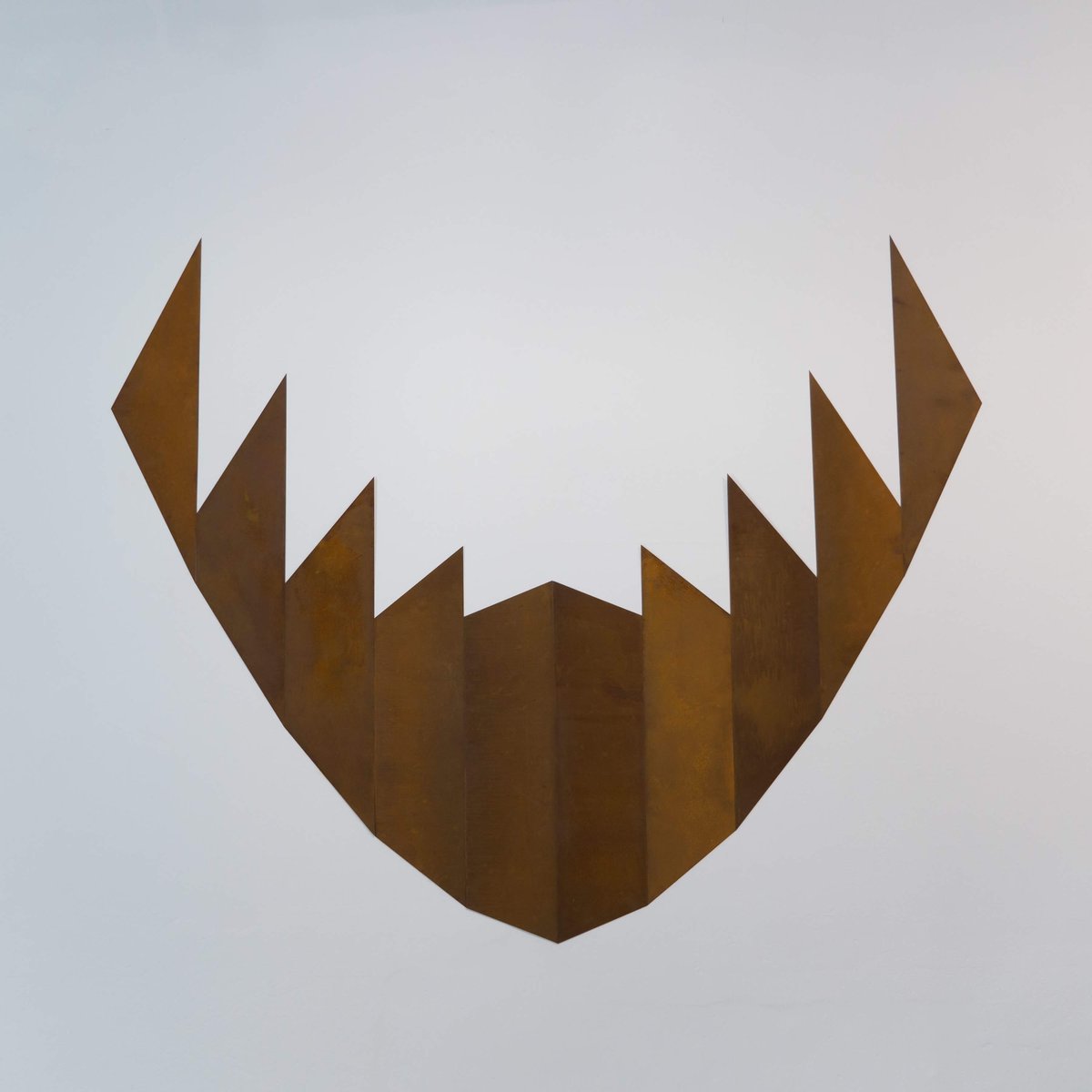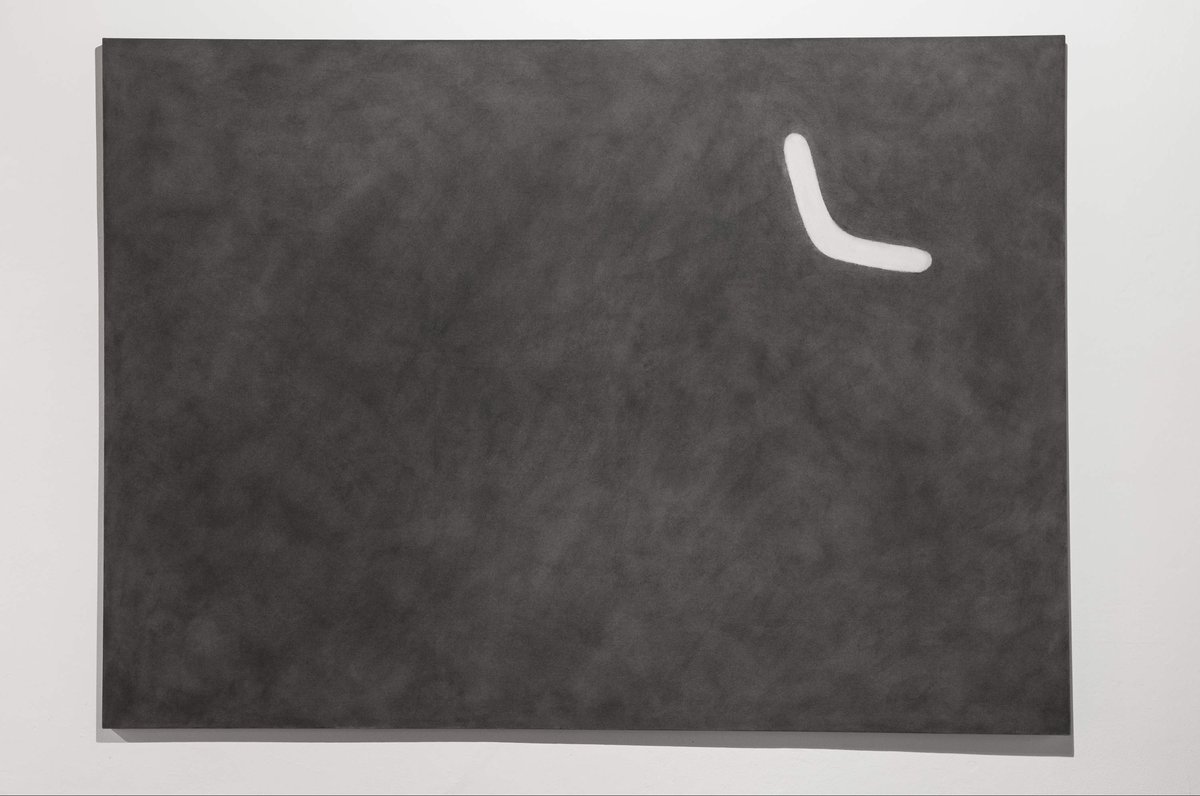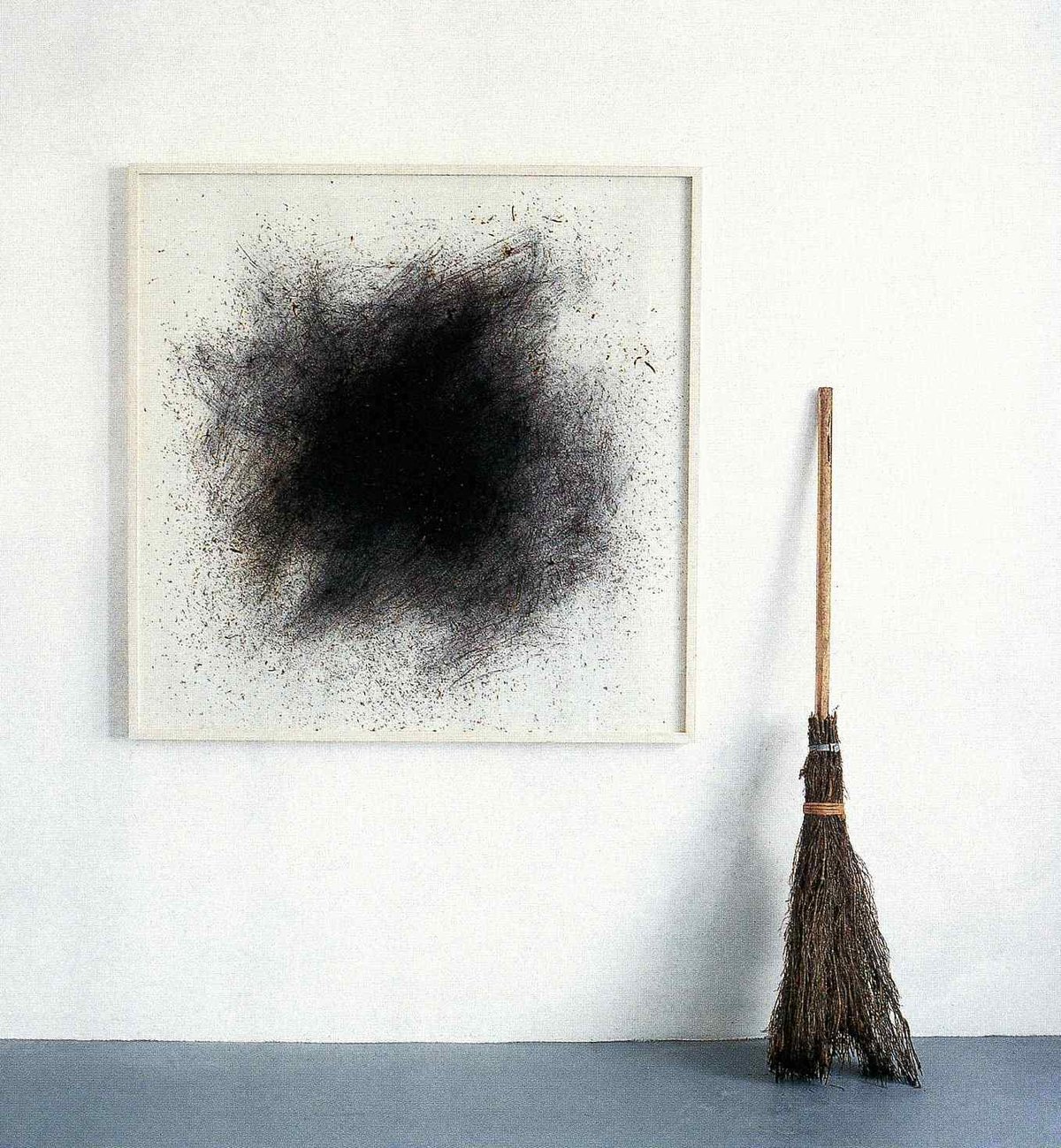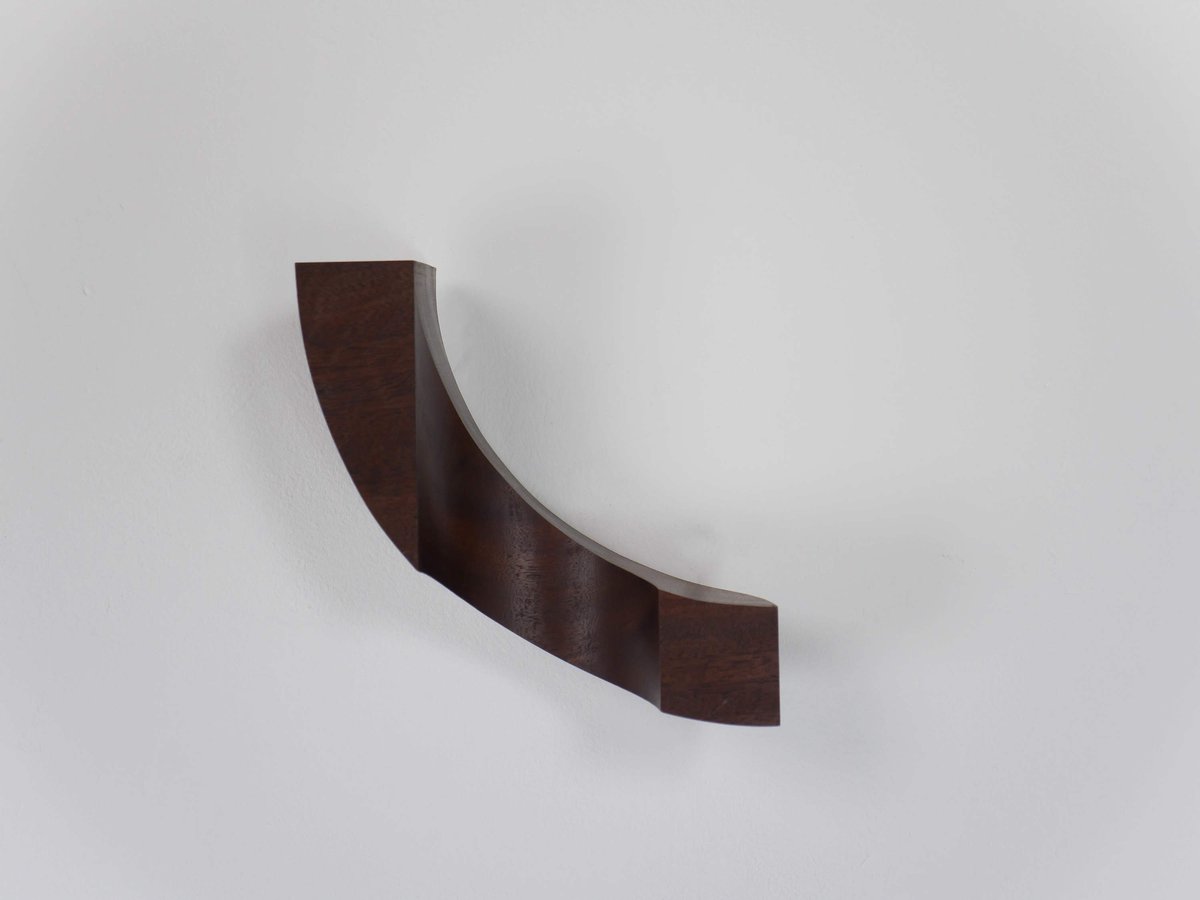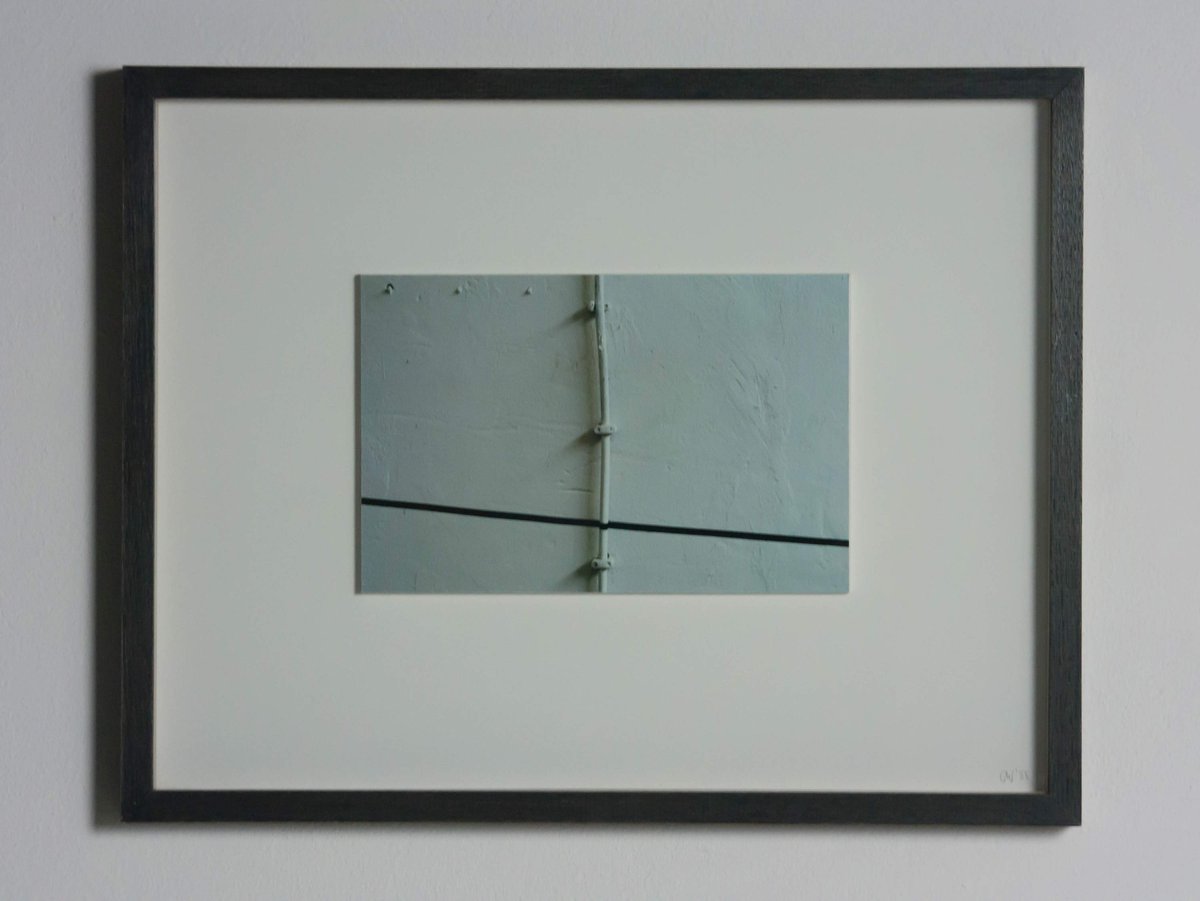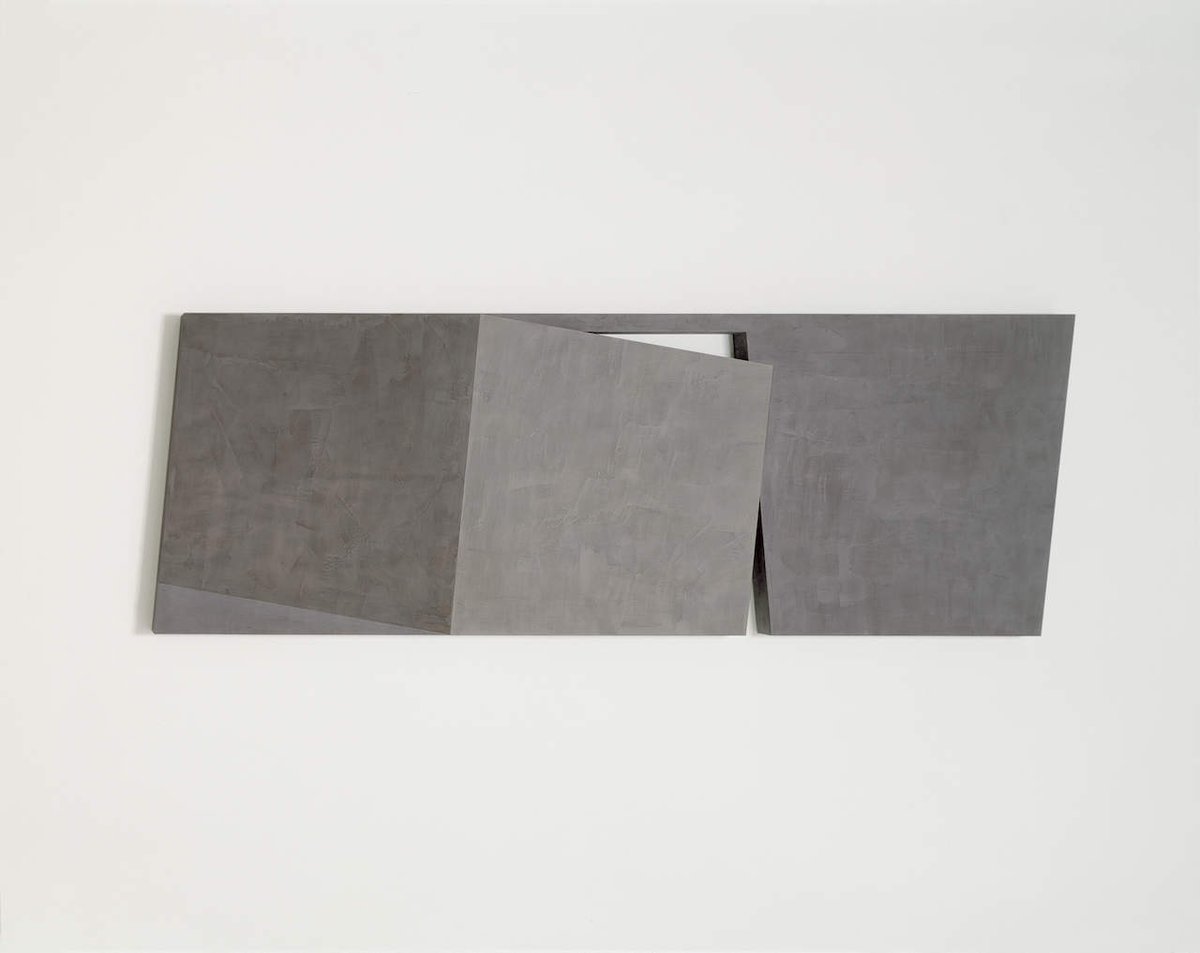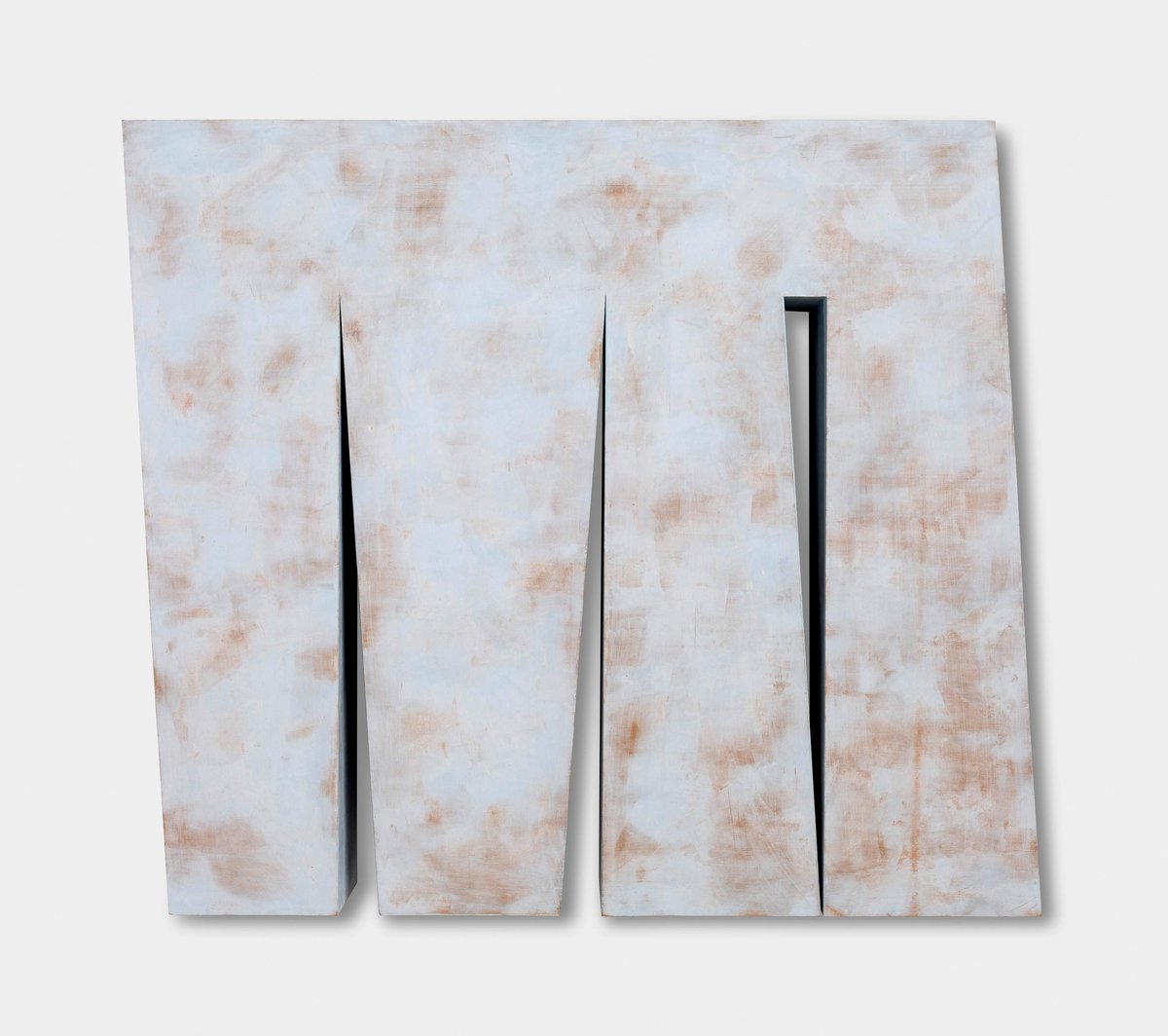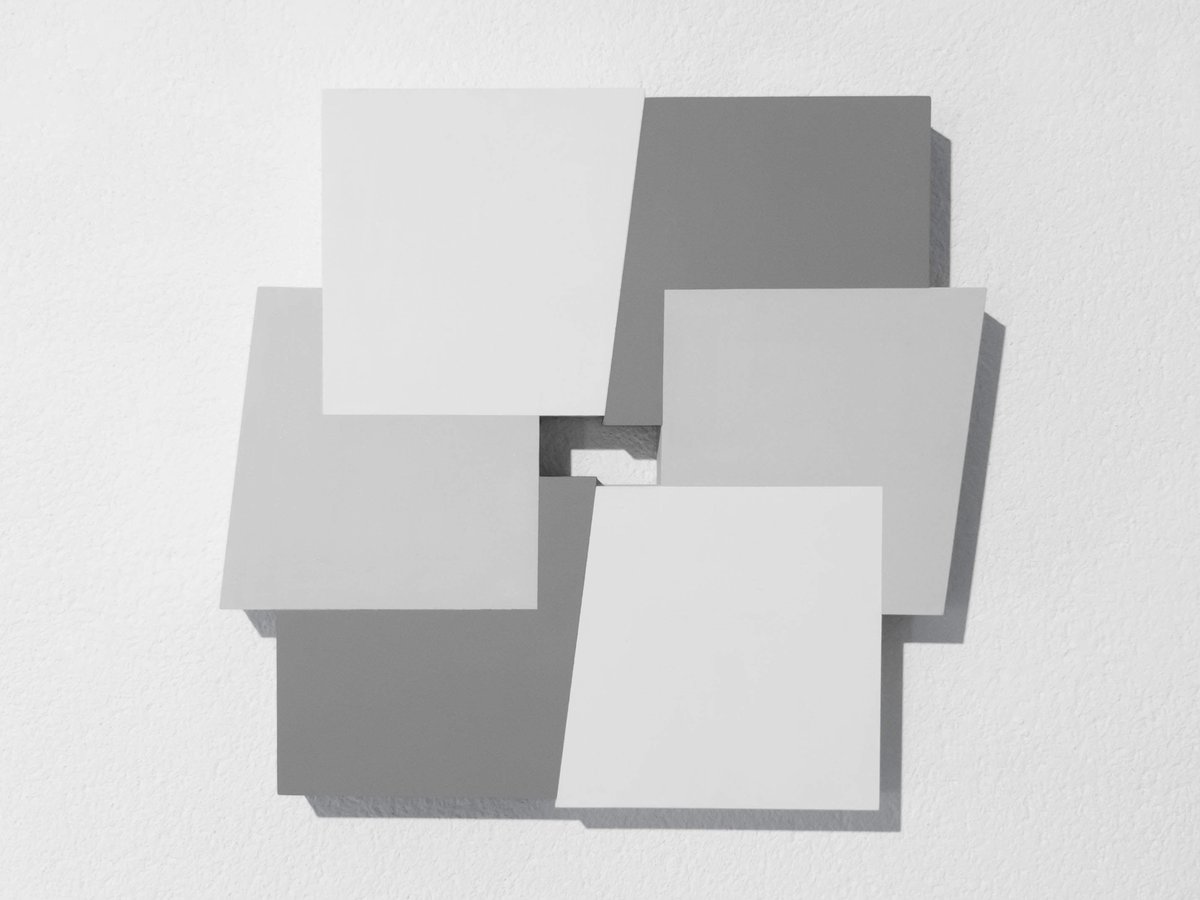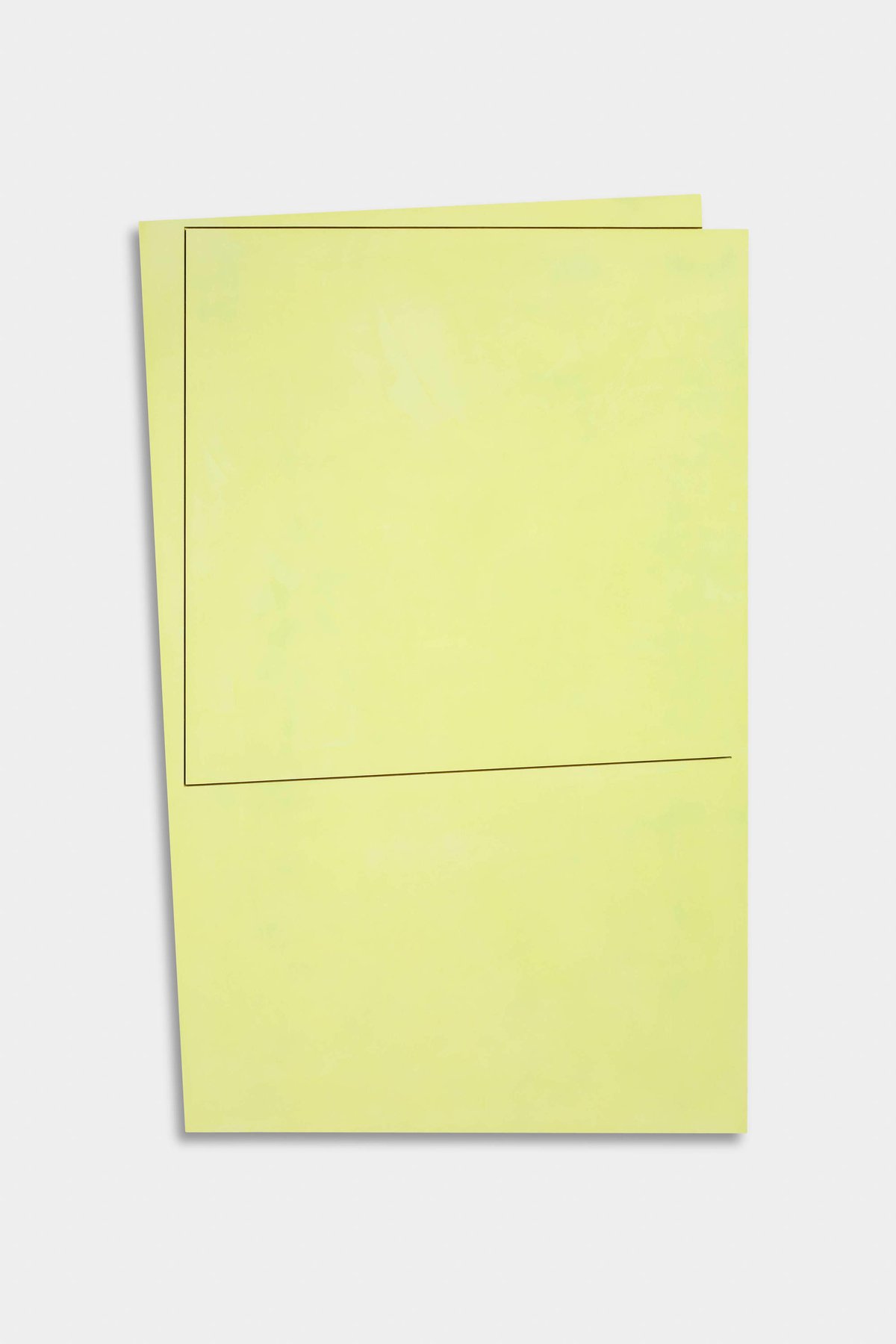a view over the channel
in naming an exhibition of works by john carter, norman dilworth, michael kidner, eric snell and gary woodley "a view over the channel" we have, without initiatially thinking of it, grasped some essential characteristics of all the works already: their precision and openness, as well as the flexibility that is necessary to grasp the different levels of the works.
our gaze must also remain mobile, for michael kidner, john carter and gary woodley live in london, while eric snell, who was born in guernsey, after stations in bermingham, london and berlin also settled on the norman island, and norman dilworth from wigan feels mainly at home in amsterdam. we are thus describing a line of thought that begins far in the west, sweeps across to the british capital and finally leads us back to the continent.
the line also applies to the interest that unites all artists, which becomes apparent in the context of our exhibition. using different questions, they examine functions and relations, build structures from them, develop surfaces and bodies on their basis, which are then examined again with regard to their spatial reference. in order to avoid subjective formulation, the artists use conceptual and constructive methods. elementary orders arise from measure and number.
john carter weaves such structures into one another, staggers them and brings them together into differentiated groups. he combines two- and three-dimensionality in the sense of a double aspect, from which works emerge whose painterly and sculptural presence fascinates us in equal measure and encourage us to rethink our principles of order and their systematization.
norman dilworth unfolds structures before our eyes, which are built up from simple sequences and thereby develop an almost anthropomorphic character. numbers and proportions become the constructive basis of sculptures and wall objects, inhering the idea of growth that is analogous to natural processes. the idiosyncratic organisms live in the balance of structural strength and vitality. they leave room for different perspectives, depending on the questions and the level of experience a visitor approaches them with. in all the works, lines, surfaces and volumes form exciting references that trigger our curiosity to get to the bottom of them.
energetic manifestations of color serve as the basis for michael kidner's serial color schemes, which he uses to examine structural complexities. rhythmic image structures and virtual movements captivate our gaze and trigger a dialogue with the works that does not suffocate in complacent acknowledgment, but rather systematically leads us to areas of experience that lie beyond the quantifiable.
eric snell's conceptual approach also moves between the wedge of scientific law and mythological implications. he transforms real objects into a fleeting, shadowy image of themselves. the artist plays the role of a catalyst that, by releasing energies, creates the basis for material and mental changes that enable a new understanding of art and society.
gary woodley also unsettles "unambiguous" definitions. he constructs a comprehensive line in the entrance area of our museum and, with these interventions inscribed in the space, provokes movement, new standpoints and, like all his artist colleagues, a variety of perspectives that develop from this, which can also be transferred to social issues.
i would therefore like to summarize, with richard paul lohse [in “konstruktive kunst in england heute”, 1990], that what "the various tendencies have in common... is the conviction that, through an objectifying... set of instruments, we can achieve a binding art statement in the sense of a humane form of society."
britta e. buhlmann, 1994 (translation from the original german by robert b. roger, 2022)
